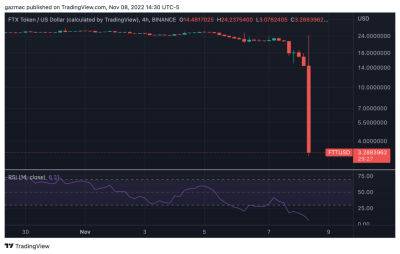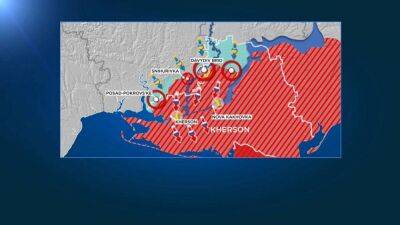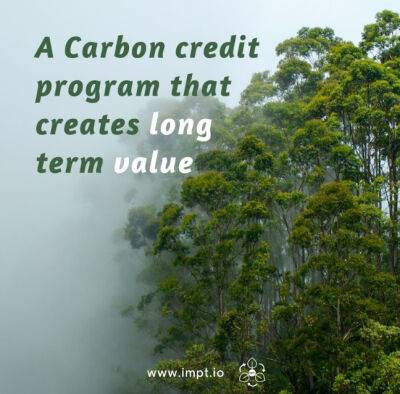‘Time may be running out’: chronicle of a debt crisis foretold
Kristalina Georgieva, the managing director of the International Monetary Fund knows it. David Malpass, the World Bank president knows it too. An increasing number of countries are having problems paying their debts, and the crunch point is fast arriving.
The looming debt crisis has been a slow-burn affair, more than a decade in the making. It is not the number one issue under discussion at the annual meetings of the World Bank and the IMF in Washington this week, although if rich countries had fewer problems of their own it would be.
The UN has identified 54 developing economies with severe debt problems. While accounting for little more than 3% of the global economy, they represent 18% of the world’s population, and more than 50% of people living in extreme poverty.
Some countries are spending more on debt interest payments than on health, education and social protection combined, and that is hindering the fight against poverty.
The UN has a goal of reducing extreme poverty to 3% of the world’s population by 2030, but Indermit Gill, the World Bank’s chief economist, says on current trends the target will be missed. “We are totally off course. Poverty reduction has come to a stop.”
Debt problems are not confined to low-income countries. Sri Lanka’s debt default earlier this year illustrated that many middle-income countries are also struggling to keep up the payments on loans provided when interest rates and inflation were a lot lower.
Already about 60% of low-income countries and about 25% of emerging markets are either in debt distress or at high risk of it. Recent developments in rich countries – especially the US – are making life a lot more challenging.
From the early months of this year, the Federal Reserve has been
Read more on theguardian.com


 theguardian.com
theguardian.com
















